A lot of emphasis is placed on the aerobic benefits of cycling and the sport certainly is good for our heart and lungs. But which muscles cycling works and the advantages of cycling for our musculature is often an afterthought.
Cycling uses the following major muscles:
- Gluteus maximus
- Quadriceps
- Adductor magnus
- Soleus
- Hamstrings
- Gastrocnemius
Additionally, your arms, shoulders and core are also engaged especially when mountain biking, so be sure not to overlook the muscles you don't use when cycling.
In this guide, we explain how different kinds of cycling use muscles in various circumstances and share how to train these muscle sets.
Glutes and quads provide most of the power

Rob Brown, a sports physiotherapist and formerly Orica GreenEdge head physio, says the glutes and quads supply two-thirds of the power we push through the pedals.
The adductor magnus (the largest groin muscle), the quadriceps and the soleus (one of the calf muscles) also contribute.
The hamstrings, groin muscles and the gastrocnemius (the calf muscle’s other half) direct the force of the quads and glutes to the pedal, according to Brown.
The dominance of the quads and glutes plays to the strengths of the human body, according to Dr Xavier Disley of AeroCoach.
He says we’ve evolved to perform knee and hip extension exercises such as walking, running, jumping and pushing.
However, with pedals limiting the extent of motion, there’s less extension when cycling than in these activities, leading to different effects on your muscles and different injury risks.
How are those muscles used in the pedal stroke?

Pedalling is most efficient when most of the power is put into the downstroke, primarily using those powerful quad and buttock muscles.
Trying to pull up on the pedals on the upstroke uses the smaller muscles in the hamstrings and so doesn’t help as much, nor is it recommended.
The muscle groups in your calves, ankles and feet don’t contribute as much to your power as you might think, says physiotherapist Phil Burt, who has supported Britain’s elite cyclists three times at the Olympic Games and Team Sky seven times at the Tour de France.
He cites Paralympic cyclists who have lost their lower legs and are actually more efficient cyclists.
Burt emphasises the importance of your position on the bike to effective cycling. If you’re too low and too far back, you won’t be able to recruit your major muscles efficiently, including your hip extensors – the most powerful muscle in the body.
“You want to be positioned high and forward, more like a triathlete,” he says. That’s also important to avoid hip pain and to optimise your cadence.
But pulling – or 'scraping' – through the very top and bottom of the rotation will increase your power output. This will use a different set of muscles in your quads and calves.
Many elite cyclists can exert power further around the pedal stroke than untrained riders. By learning how to train with power, you can analyse your pedal stroke data post-ride and work on this yourself.
Which other muscles does cycling work?
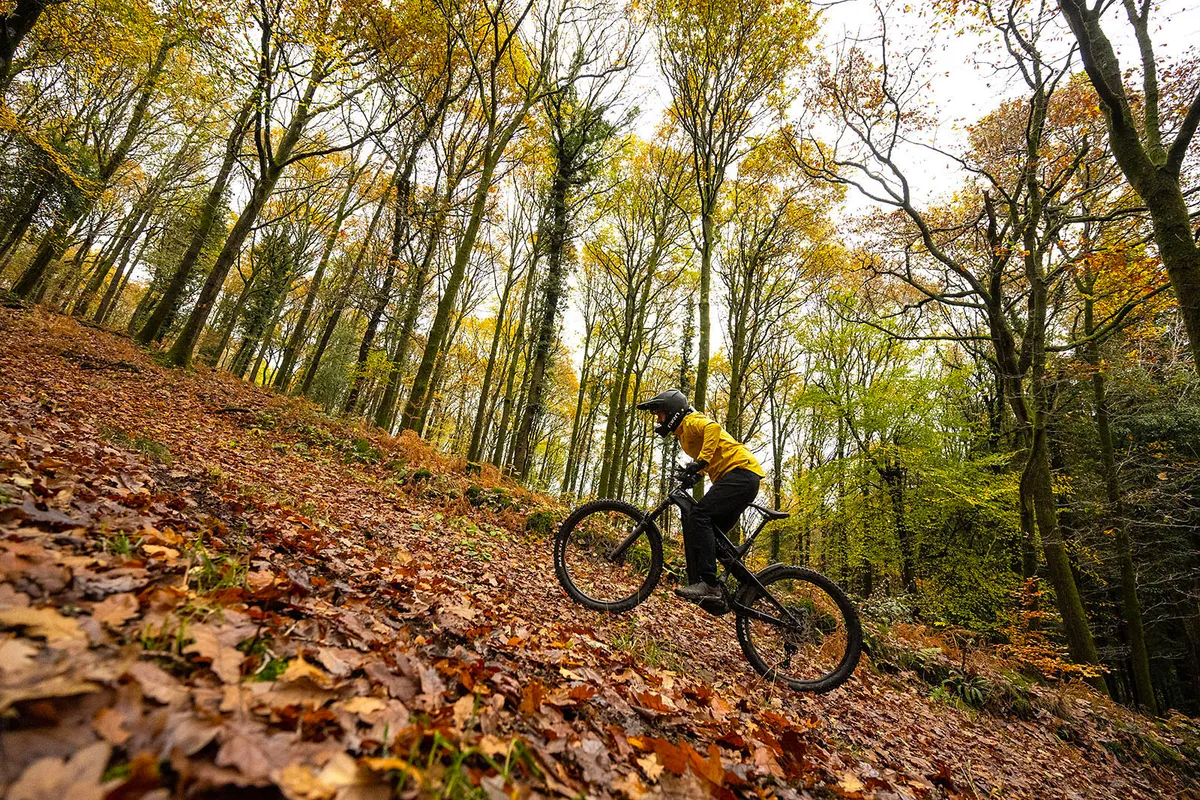
Cycling doesn’t only use your leg muscles. Those in your abdomen and back need to work to keep the upper body stable, while your shoulders and arms will get a workout, especially when climbing and out of the saddle.
Because you’re extending your muscles less when cycling than with other exercises, cyclists may be less flexible than other athletes. As a result, tight hamstrings can be an issue.
The three points of contact with the bike (hands, backside and feet) mean valuable core stability can be less developed, especially in road cyclists.
Bryan McCullough, specialist musculoskeletal physiotherapist, says: “Good core strength is needed to transfer force through the legs and therefore the pedals.
“Free weights are perfect, forcing the core musculature to maintain balance and stability. Additionally, a moderate to heavy load on the legs is ideal.”
Regularly doing strength and conditioning exercises will help efficiency on the bike and reduce the risk of injury.
How to train cycling muscles

Many riders focus on improving their maximum oxygen consumption (VO2 max) and Functional Threshold Power when training, but to improve punchier efforts, it helps to get stronger legs by doing strength training.
The following exercises can performed at home without access to a gym, though for weighted training, you should be confident with lifting weights and be careful of form.
Squats
Squatting activates the gluteus, quadriceps and hamstrings and can be easily done at home.
Like cycling, a squat requires hip and knee extension replicating a similar power phrase to pushing on the pedals.
How to squat:
- Start by standing with your feet apart, a little wider than your hips to add stability
- Engage your core and keep your chest proud
- Sink your torso into your legs while keeping your knees and toes in line
- Make sure your thighs are horizontal or lower at the end of your squat and keep your elbows between your knees
- On the way back up, push through your heels and tense your glutes until full leg extension
- Repeat
Single leg deadlifts
This exercise will target your hamstrings, hips and lower back.
By exercising each leg separately, you can help avoid muscle balance as each leg is supporting the weight individually.
How to perform single leg deadlifts:
- Start by holding a pair of dumbbells with your feet hip-width apart engaging your shoulder blades, abs, and glutes
- Lift one foot into the air and find your balance
- Push your glutes out and bend at the waist, lowering your torso to the floor while keeping your tensioned shoulders and hips square to the floor
- Lower until your back is curved and you feel tightness in your hamstring
- Pause in this position and try to maintain balance
- Push back to the start position, squeezing your glutes and extending your hip
- Repeat with the other leg
Heel raises
Heel raises will target your soleus and gastrocnemius muscles.
How to perform heel raises:
- Start in a standing position while leaning against a wall for support
- Lean into the wall and bend your knee bringing your heels off the floor
- Slowly raise your heels focusing on being composed
- Hold your heels in the air for 5 seconds, then lower them, feeling a stretch in your calf. Your heel should not touch the floor
How does your riding style change which muscles cycling works?
Which muscles cycling works varies according to riding discipline, power, cadence and gradient of the surface.
Road cycling

During a short, powerful sprint effort, the glutes and quads activate a little earlier in the pedal cycle, says Phil Burt.
“Climbing on steep gradients calls for a greater contribution from the glutes because they’re in the position to have the greatest impact,” he adds.
Pedalling fast (100rpm-plus) at lower torque recruits the calves and hamstrings more than the quads and glutes. This is because controlling joint movement – the smaller muscles’ forte – takes precedence over power, according to Brown.
Mountain biking
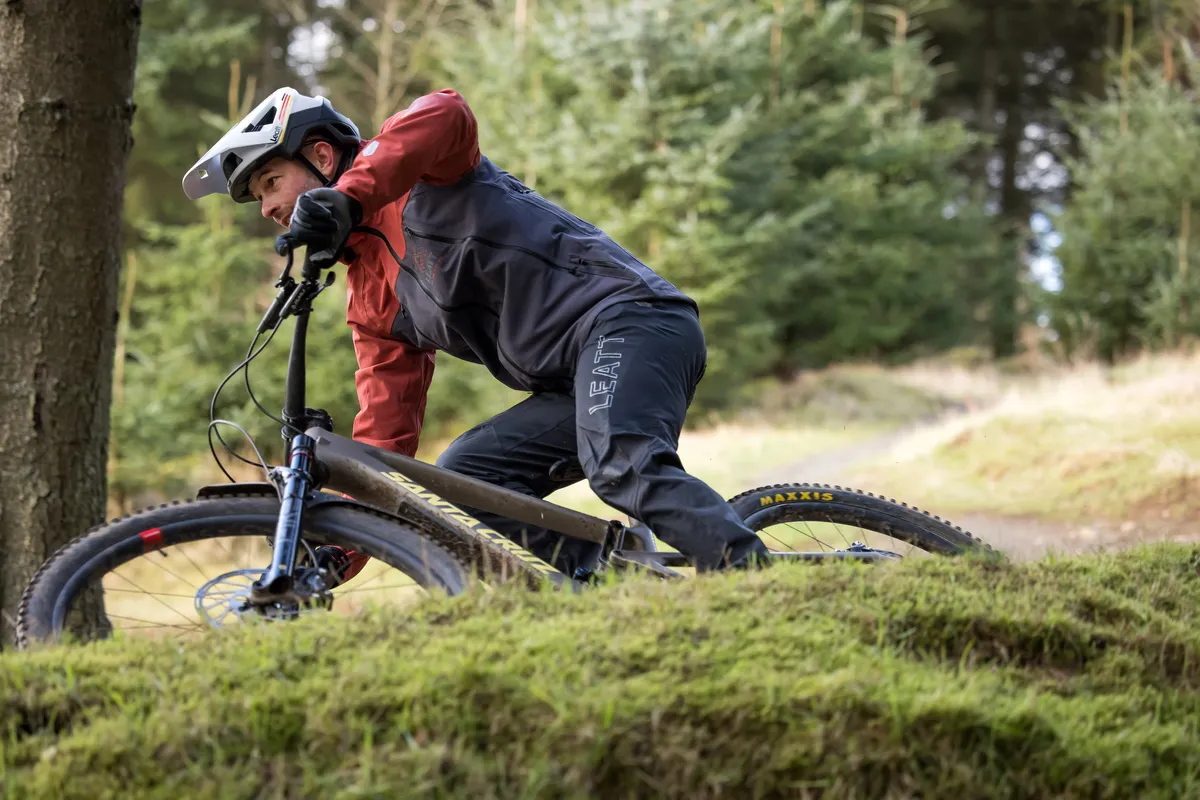
Smooth power delivery is crucial to progress off the tarmac. The ability transfers well to the road, with Pauline Ferrand-Prévot an example of a multi-discipline world champion cyclist.
Mountain biking requires whole-body movements over the bike to keep yourself tyre-side down, in contrast to the more static position on a road bike.
Tom Bell, coach at High North Performance, says this increase in active muscle mass while mountain biking drives your heart rate up because more oxygen is required for the effort.
“Mountain biking can also help with core stabilisation and activation of supporting muscles that don’t really get trained very well in the more static position of a road bike,” adds Bell.
Spending too much time on a mountain bike over the winter could impact your muscle fibre recruitment patterns and potentially make you less efficient when you get back on a different bike.
Off-road riding develops type II fast twitch fibres to the detriment of the type I slow twitch fibres you need for endurance riding. It may even cause little niggling injuries if, for example, the cranks are spaced differently or if the saddle height is marginally different, Bell adds.
Gravel riding
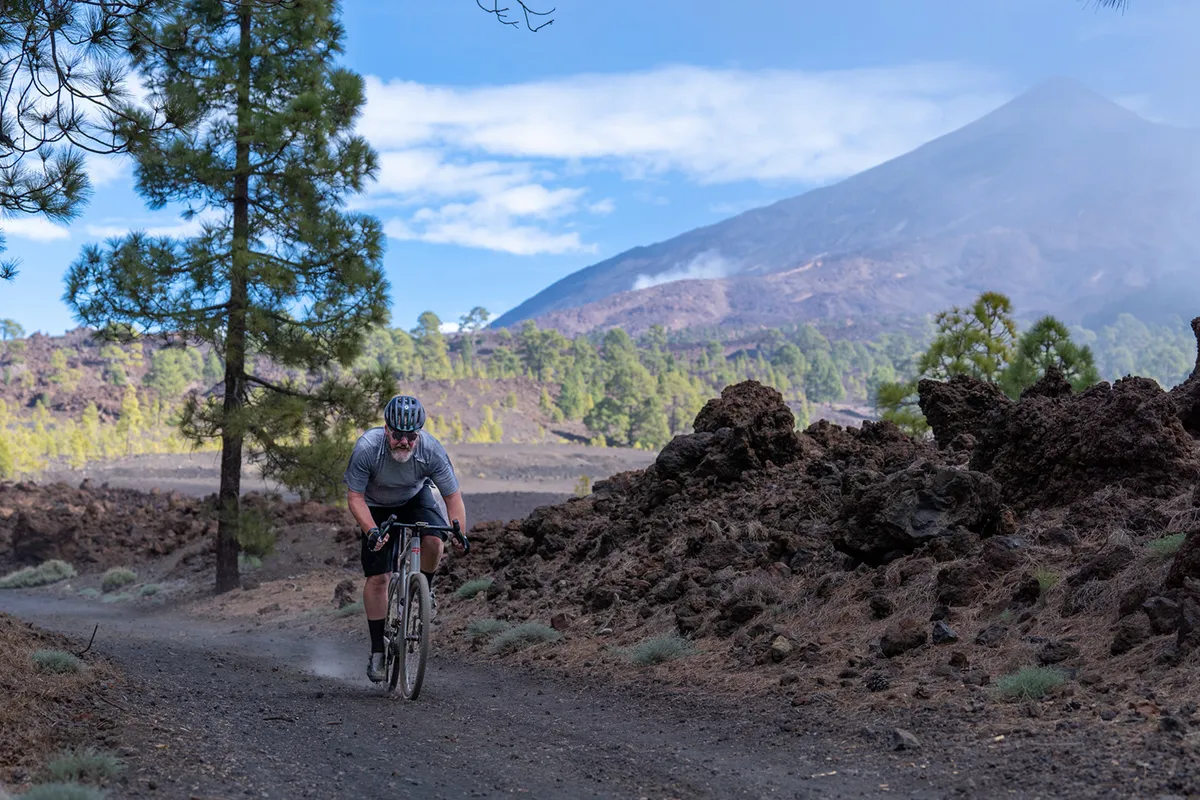
Gravel riding on loose and slippery terrain also requires your pedalling to be more controlled than on the road, says Bell.
“Dead spots in the pedal revolution can lead to loss of power and an inconsistent production of that power.
“That makes it really easy for a wheel to slip, so by frequently experiencing limited traction, you’re forced into improving your pedalling smoothness to ride steep, technical climbs well,” he adds.
Track cycling
Fixed gear riding will also improve your power delivery, according to Burt and Jason Streather from PDQ Cycle Coaching, at Newport Velodrome in South Wales.
Streather says track riding helps build leg speed, benefitting all types of riders.
“Higher leg speeds help endurance riders regulate fatigue on long rides, while sprinters will be able to get ‘over’ the gear at maximum power, if they can pedal at a higher cadence,” adds Streather.
What are the injury risks when cycling?
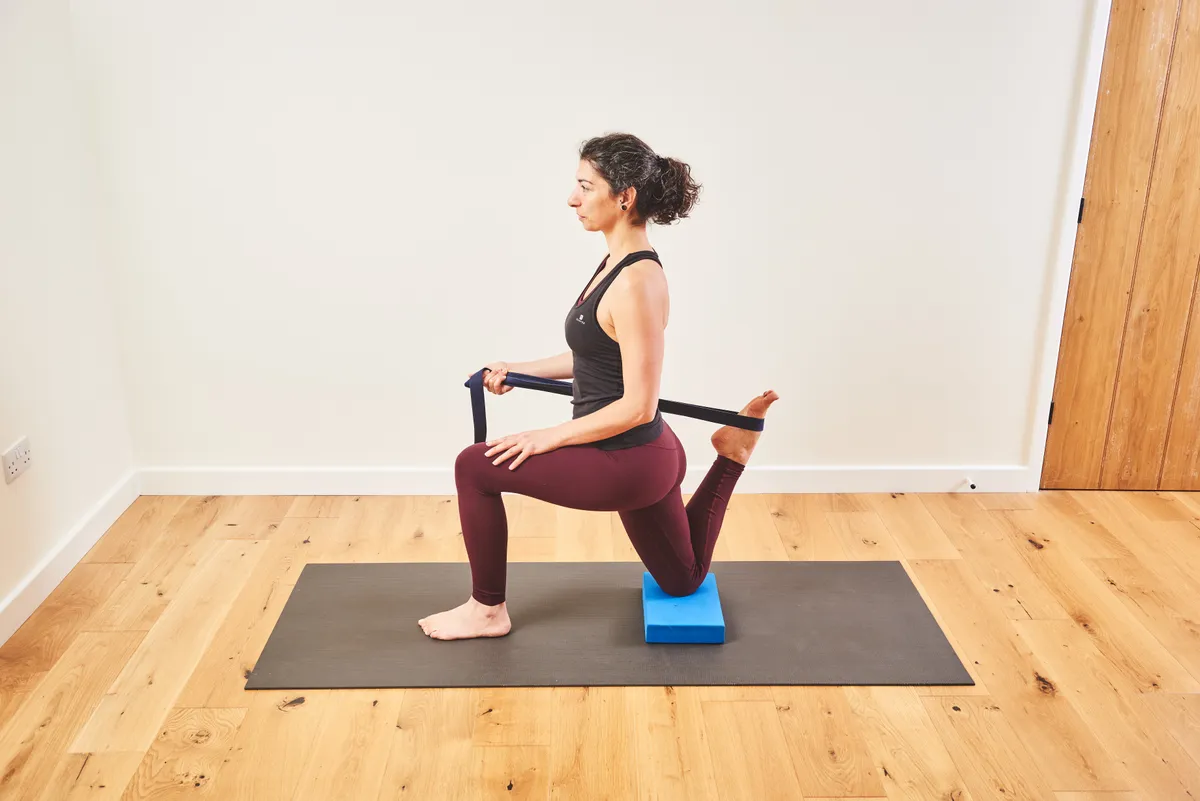
Cycling puts a lower load on the body than many forms of exercise, so it’s less likely you’ll pull a muscle.
The most common types of pain caused by cycling stem from the repetitive nature of pedalling. Aches and pains arise from holding the same position for long periods. The risk increases if your bike setup isn’t correct, so a bike fit is something to consider.
Knee pain is the largest cause of injury that cycling physiotherapist Nichola Roberts sees in her physiotherapy practice at Velophysio. She says poor bike fit is the primary cause of knee pain, followed by trauma from an accident.
Biomechanical problems from muscle imbalances are also an issue. Roberts stresses the importance of building mileage gradually and incorporating stretching and core exercises into your routine.
Cyclists could be at higher risk of injury while cross training, especially running.
“Running is a high-impact activity and needs building up carefully,” says triathlon coach Chris Knight.
Most injuries occur by running too far, too often or too fast, so it’s essential to introduce longer times and distances gradually.
Will cycling give me big legs?
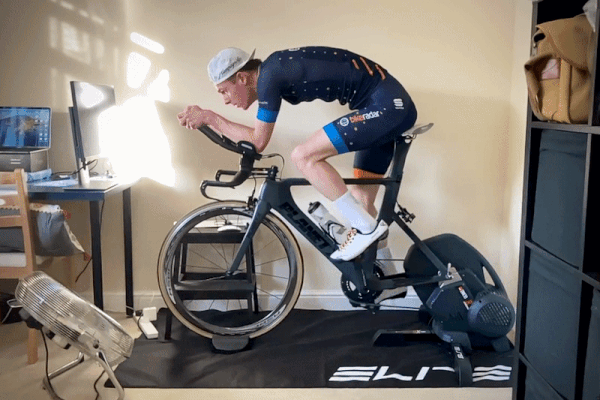
Elite track riders and sprinters, who produce a lot of power quickly over short distances, do have big legs and buttocks.
But they’re the exception. Most of us ride further at lower power. As in other endurance sports, this doesn’t put our muscles under sufficient stress for them to bulk up.
Another factor inhibiting cyclists’ muscular growth is how many calories cycling burns. Bodybuilders grow muscle in a large calorie surplus (consuming more calories than you expend).
Olympic track sprint gold medalist Sir Chris Hoy says: “Some cyclists avoid lifting weights because they think it builds bigger muscles, and increases body weight.
“However, it takes a huge amount of high-resistance training, with a high protein diet, to significantly change your body shape.
“A session or two of moderate load and intensity per week is all the average rider needs to get extra torque without gaining mass.”
In cycling terms, torque is the force you exert through the pedals in a rotational direction. This “extra bit of grunt” can be indispensable on the bike, according to Hoy.
“Having the ability to produce a lot of torque can help you stay seated on climbs while others are expending more energy out of the saddle.
“It helps you accelerate quickly with less effort to create a gap, and also helps you win sprints,” explains Hoy.
On the flip side, some of the best road riders are svelte to help them climb hills as fast as possible. Even climbers will have well-developed quads, keeping their power-to-weight-ratio high.
In turn, their aerobic systems will be highly developed to provide those muscles with the oxygen they require.

